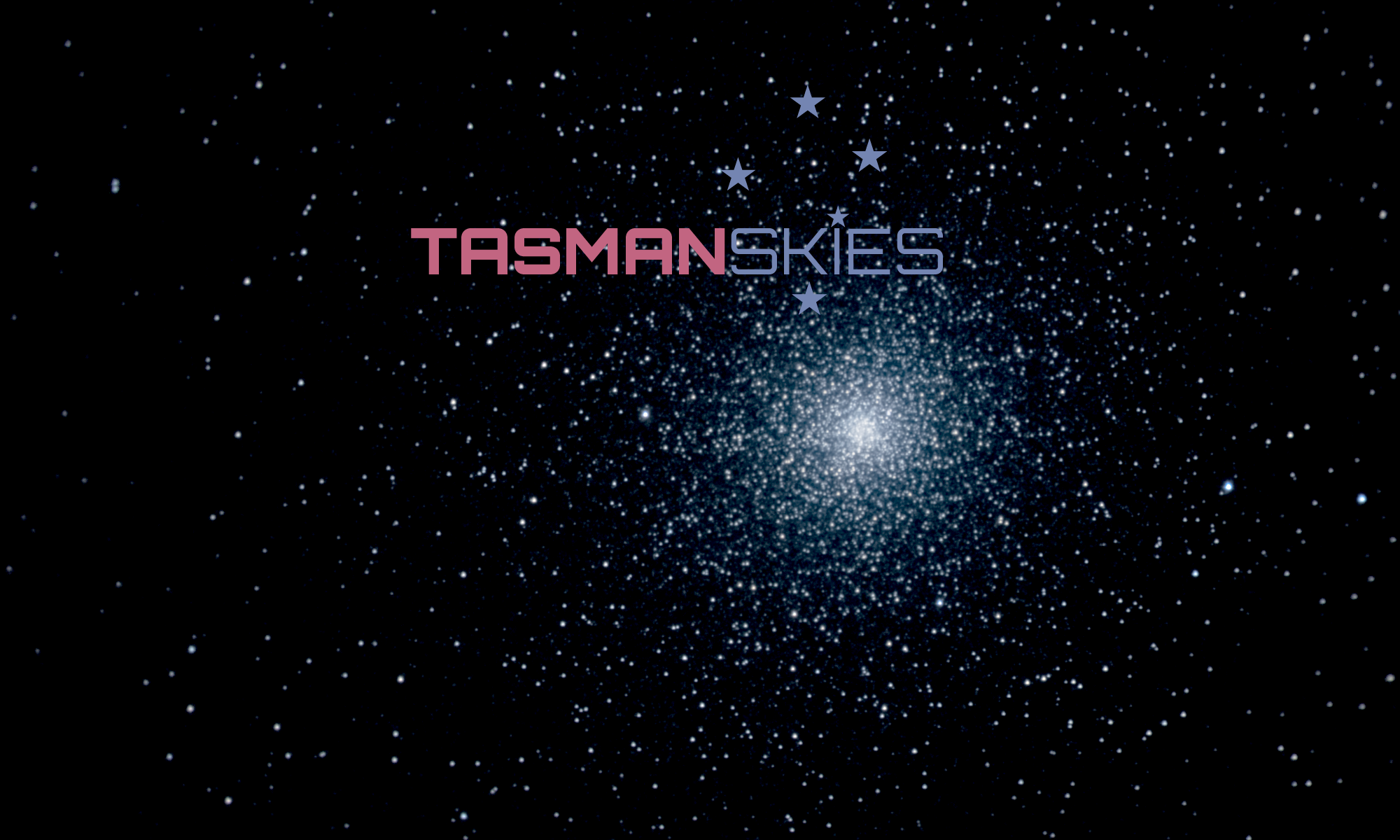Calling all interested in #citizenscience projects! Join hundreds of contributors from at least 20 countries providing data for the Global Meteor Network (GMN). As the small patches of red on this map show, there is a lot more of the planet that we could cover.

Right now, in Aotearoa New Zealand we have only two GMN Raspberry Pi Meteor Stations (RMS), covering a volume of space above the Top of the South. More stations are needed over the rest of the entire country to provide decent coverage of the southern skies over Oceania. In Australia there is even more of a need for keen citizen science astronomers, because there are currently only two stations, and neither has any neighbouring station monitoring an overlapping volume of space, needed to triangulate meteor paths.
To observe rare or unexpected meteor shower outbursts, we need monitoring equipment in as many places as possible to give as much longitudinal coverage of the planet as is possible. There are cameras everywhere now, right? Well, as recently as 2012 there was an unexpected draconid outburst for which there are no useful optical observations at all, because we simply do not have enough equipment pointed in the right direction, collecting data. We also need accurate data to be able to track and find meteorites dropped by significant fireballs, and that means more sky-pointed cameras are required. High-precision data is required in order to produce accurate models that can be used to predict meteoroid impact risk on spacecraft. In the last ten years steady progress has been made, and now the #GMN network is ready to expand rapidly as all the parts are in play to make it possible to widely deploy meteor monitoring cameras around the world.
For anyone interested in projects related to astronomy, this is a really neat one, because it is a set-and-forget type of effort. There is an up-front equipment cost of about NZ$350 (which, let’s face it, in a world of telescopes and eyepieces and equatorial mounts and cameras and electronic focusers and filter wheels and guidescopes and so on is actually a fairly modest cost for a whole functional system). But once installed and connected to your home WiFi network, it quietly chugs away, producing about 20GB of data each clear (or even partially clear) night, then number-crunching that down to about 1GB of processed information which is shared with the GMN server at the University of Western Ontario. You do not need to drag equipment out into the cold and dark. You don’t need to manually record any data. It is also a long-running project you can be part of on an on-going basis, instead of being something that you do only once in a while.
But you could help recover a meteorite dropped by a big fireball, as happened in the UK in February 2021. It was captured on enough recording equipment – including both actual meteor cameras and even people’s home video-doorbells – that there was enough information to calculate quite reliable trajectories and estimate where meteorites dropped by this fireball might have landed. Almost 600g of meteorite material was quickly recovered, so it was not even rained on.
If you don’t wish to be totally passive, but would like to keep an eye on what your meteor camera is achieving, there are handy dashboards that will show you image stacks that overlay all the detected meteors from the previous night, radiant charts that show which part of the sky the meteors came from, maps that combine your data with those of others nearby to show the direction of travel of detected meteors, and equipment calibration plots that demonstrate your equipment is tuning itself to produce good quality datasets.

You can expect to be credited for your data in any scientific papers published that draw on data you contributed.If you would like to be part of the project, head over to globalmeteornetwork.org and check out the wiki which has information on how to get started and build your own RMS meteor camera, and sign up for the newsgroup forum on groups.io.
